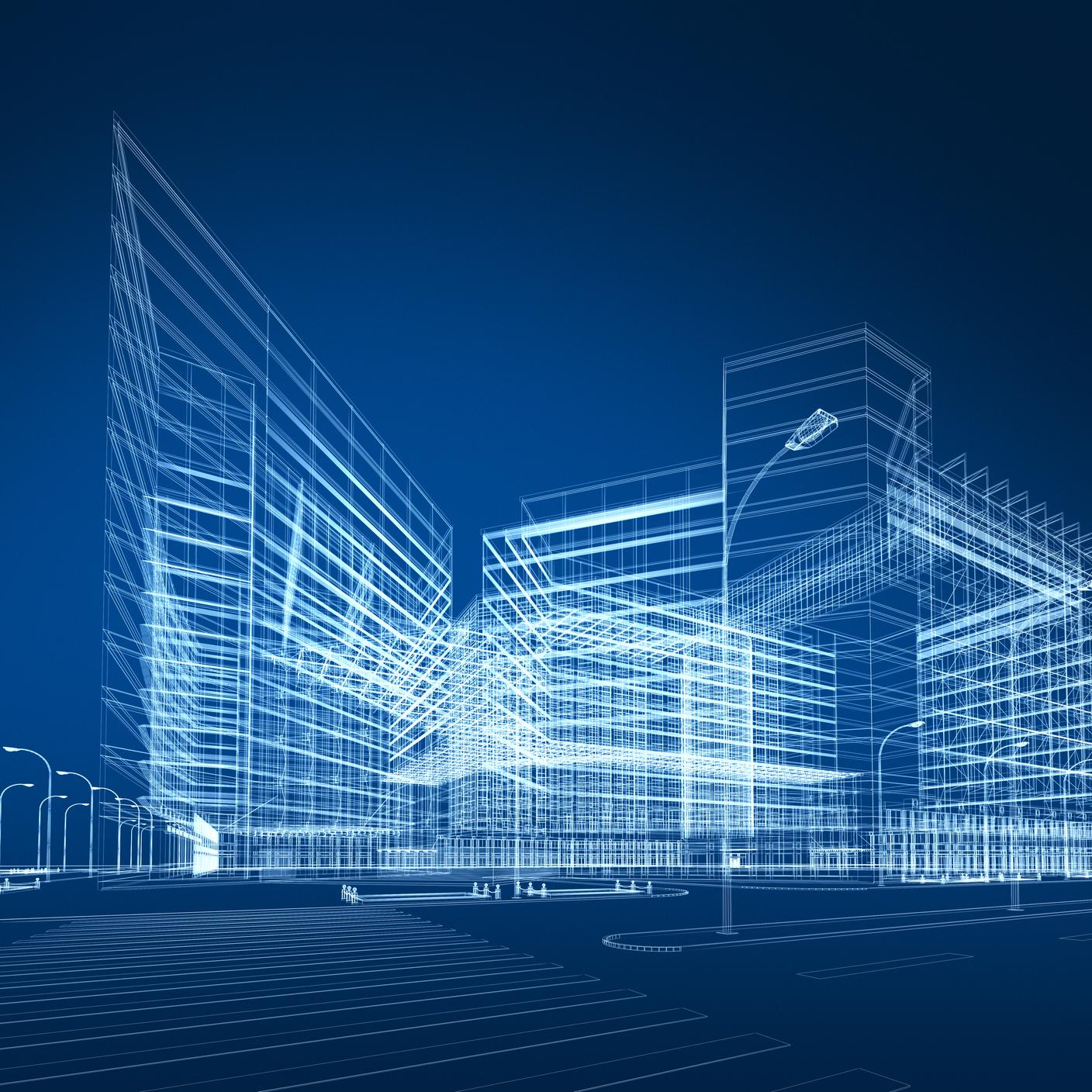In the current landscape of innovation and infrastructure, construction projects have a golden opportunity to integrate Building Information Modelling (BIM) into their practices.
BIM involves investment in training and digital tools, but the benefits can be much bigger than expected. BIM helps teams plan, design, construct, and operate built assets more efficiently and more precisely.
It also reduces risks and improves communication among stakeholders.
While there are costs to adopting BIM, the potential gains in terms of project quality, cost savings, and innovation make it a smart choice for the construction industry.
Defining BIM
BIM involves the creation, management, and handover of digital information using a common data environment (CDE). This process spans the built asset's entire lifecycle, from planning, design, and construction, through to operations and decommissioning.
Adopting BIM technology enables construction organizations to develop a precise 3D virtual representation of a project prior to its physical construction. This detailed digital model aids in design and logistical planning for the entire endeavor.
The virtual representation empowers architects, contractors, and engineers to visualize the finished project and proactively address potential issues before construction commences. Collaboration across departments is facilitated through technology, promoting efficiency and consistency.
Key attributes of BIM
BIM encompasses practical principles for effective project delivery, emphasizing collaboration, accuracy, and powerful visualization. Collaboration is central, relying on engagement from key stakeholders throughout the process.
Collaborative engagement: While technology certainly holds significance, the success of BIM projects hinges on the cooperation among key stakeholders and the active participation of all involved throughout the process. It's this collaborative teamwork and joint problem-solving that ultimately propel projects forward.
Enhanced precision: BIM represents physical assets in a digitized form, furnishes users with abundant information, offering a precise visual reference to work with. This meticulous depiction aids in achieving maximum accuracy in construction. Moreover, this technology aids in generating precise estimates for material costs and schedules, thereby contributing to keeping projects on track both in terms of time and budget.
Immersive visualization: In addition to generating a 3D geometric blueprint of the structure, BIM technology also provides a comprehensive overview of the entire construction process. It meticulously portrays even the minutest aspects of the process, encompassing millimeter-level spatial relationships and overarching construction safety considerations.
BIM's benefits
In the built environment sector, BIM plays a pivotal role in cost reduction, profit enhancement, and sustainability achievement. A SmartMarket report revealed that 55% of respondents experienced lowered project costs due to BIM, with 39% experiencing reductions of up to 25%.
Positive returns on investment were observed among seven in ten BIM users who measured ROI, demonstrating the rewards of efficient BIM utilization. Collaboration through BIM enhances productivity, enabling real-time problem-solving and faster decision-making. Additionally, BIM contributes to sustainability by streamlining projects, ultimately reducing carbon emissions.
The future of BIM
While BIM has advanced significantly, its potential remains vast as technology evolves. We closely track these advancements, recognizing the ongoing exploration ahead.
As the future embraces technological progress and digital transformation, you can prepare your organization by embracing BIM's benefits. Equip your teams with the necessary knowledge and core skills to cultivate BIM best practices through BIM training and qualification courses.






